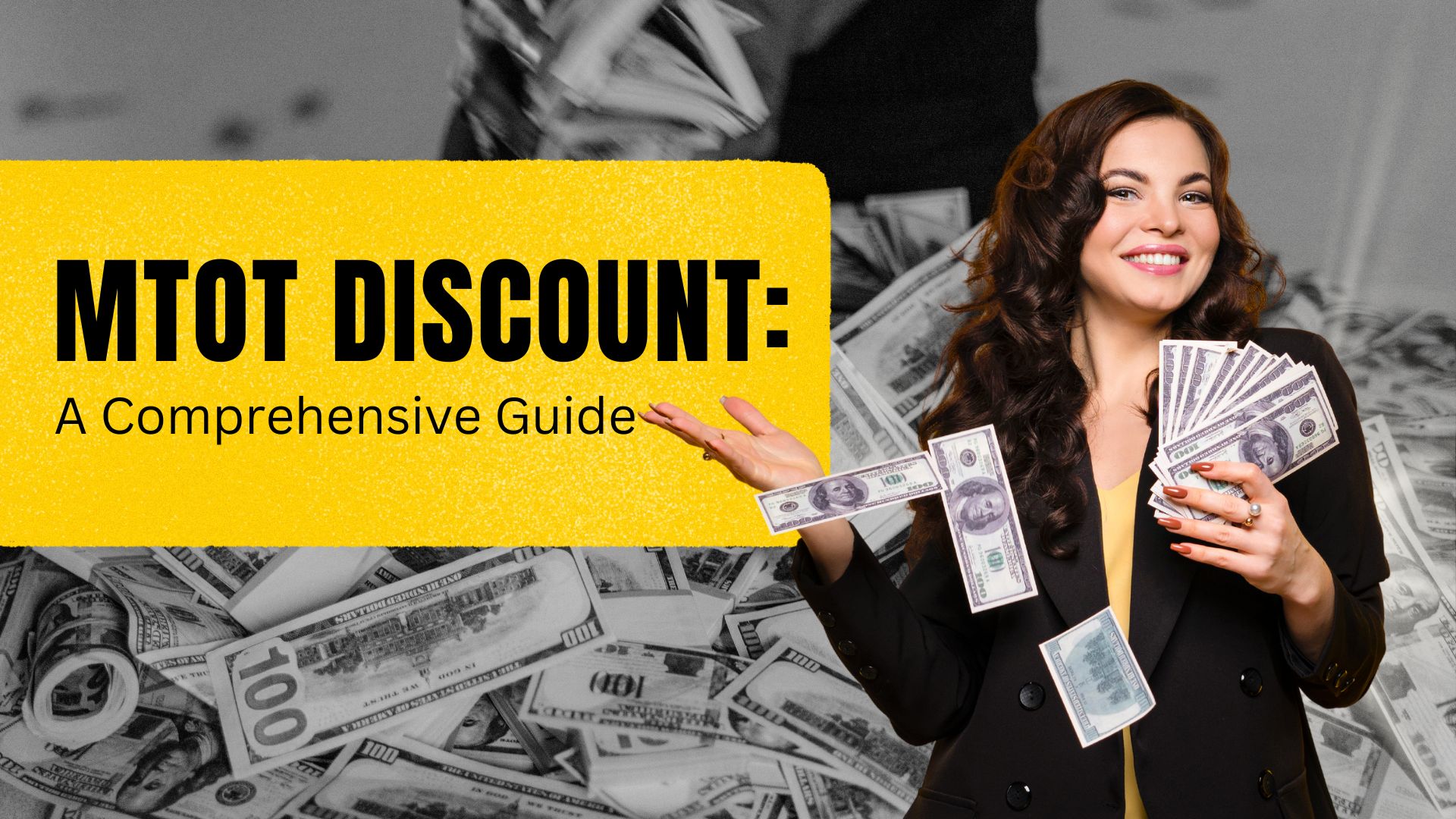In an ever-evolving economic and business environment, it is important to understand the terms and processes that affect practices and pricing. One such term that may interest you is “MTOT Discount”. If you have a high risk merchant account, this term is related to you. In this comprehensive guide, we’ll explore the intricacies of the MTOT Discount, unravel its logical mysteries, analyze its applications, and shed light on why it’s important from a business and financial perspective.
What is MTOT?
To understand the concept of MTOT Discount, let’s start by unpacking its acronym. MTOT stands for “Merchant Total”. In a business, the total of traders refers to the total amount of money that the trader handled or spent in a given period of time.
Understanding MTOT discounts: The basics
Now that we know what MTOT is, let’s dive deeper into the concept of MTOT Discount. Specifically, MTOT Discount refers to a percentage or flat-rate reduction applied to the total amount of money the fan handles. This discount could be a strategic move by payment processors or financial institutions to encourage and reward higher trading volumes of particular merchants.
How does MTOT Discount work?
MTOT operates as a discount tiered pricing model, where the discount rate is typically inversely proportional to transaction volume. Simply put, the more transactions a trader processes, the higher the chances of getting a favorable MTOT Discount rate. This encourages companies to increase efficiency, creating a profitable relationship between the merchant and the financial institution or payment processor.
Factors affecting MTOT discount value
Several factors come into play when determining the MTOT Discount rate for any particular commodity. These may include:
Transaction Volume: The total number of transactions processed by the merchant in a given period of time.
Transaction Price: The average price of each transaction may affect the MTOT Discount rate.
Industries: Certain industries carry more or less risk due to their nature, which affects the discount rate.
Payment policies: Payment policies may have provisions for MTOT discounts.
Benefits of MTOT exemption for traders
Merchants stand to benefit more from MTOT Discounts, e.g.
Cost reduction: A discount means a reduction in overhead costs, which helps reduce overall costs for the merchant.
Competitive advantage: Merchants with high volumes of transactions can negotiate more favorable MTOT discounts, thus gaining a competitive advantage.
Increasing profits: Lower overhead costs give retailers more profits, especially during peak sales.
Encourages growth: The MTOT exemption encourages traders to scale up their operations, contributing to productivity growth.
Challenges associated with MTOT Discount
While MTOT Discounts offer many benefits, there are some challenges to consider:
Risk assessment: Financial institutions may adjust discount rates based on perceived risks associated with the trader’s business or business history.
Contractual obligations: Merchants must adhere to the policies and procedures established by payment processors to maintain quality MTOT discounts.
Price fluctuations: MTOT price discounts can vary, making it important to notify merchants of any changes.
Also Read: Best things you need to know about quick card San Diego
Navigating MTOT rebate transactions
Negotiating effective MTOT discounts requires a strategic plan and a thorough understanding of the factors that affect these discounts. Here are some tips for successful communication:
Data Analytics: Provide comprehensive data on transaction volumes, average prices, and industry metrics.
Build a relationship: Building a strong relationship with your payment processor can have a positive impact on communication.
Stay Updated: Regularly monitor industry trends, payment terms, and any changes in your business that may affect negotiation results.
Also Read: How to find the cheapest credit card processing in the USA?
Conclusion
In conclusion, MTOT discounts are a powerful tool that can significantly impact financial health and business success. Merchants who understand the complexities of this pricing structure and strategically negotiate the best price stand to gain cost savings, competitive advantage and business growth opportunities By removing the mystery of MTOT discounts and built into their budgets, companies can improve their efficiency and confidently navigate a dynamic landscape of connectivity. Want to know more? Contact ud st
FAQs
What is the MTOT Disc on a bank statement?
MTOT Disc is a compound acronym. MTOT stands for “all traders,” Disc stands for “Discount”. BANKCARD indicates this is a charge. If you see “BANKCARD MTOT DISC,” “MTOT DISC BANKCARD,” or another variation, that is the monthly payment processing fee.
What is the difference between MTOT and BTOT?
MTOT refers to total monthly sales, and BTOT is the number of batches multiplied by daily.
What is the merchant’s total discount?
Merchant account total discounts (or “MTOT DISC” for short) are fees charged by merchant personnel for credit card transactions.








